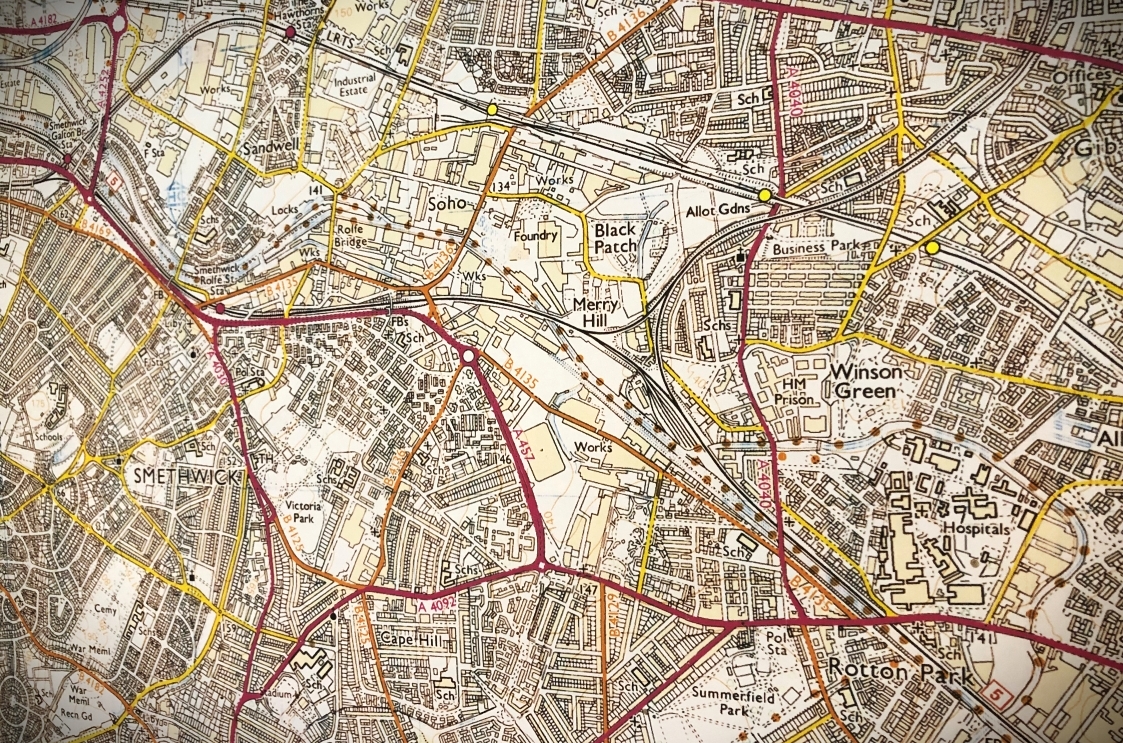
Regeneration at Midland Met & Birmingham City Hospitals
Two major hospital sites 750 metres apart straddling the border of Birmingham and Sandwell. Situated amidst some of the most deprived neighbourhoods in the country. One anchor organisation in the NHS with over £500 million of current and future capital investment in new hospital construction.
When the Trust CEO suggested developing a hotel next to the new Midland Metropolitan University Hospital in Smethwick, the first thought was which site to use. Thoughts quickly turned to how the whole of the Trusts landholdings might be developed. In turn these thoughts were replaced by the realisation that the Trust had two sites, close together and with big plans for investment at both – so why don’t we think about the masterplans for both – what is the “art of the possible”, and how can we influence what happens around us?
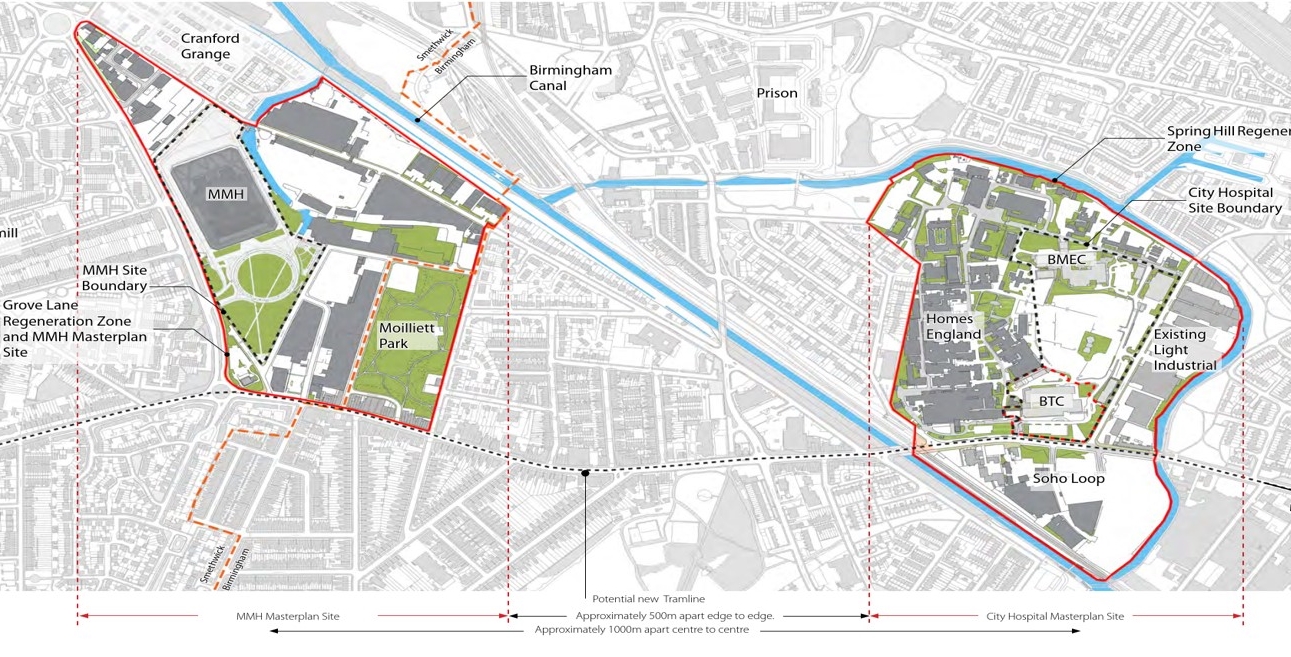
The area itself is fascinating, situated within the Greater Iknield Framework developed by Birmingham City Council, Sandwell Council and the West Midlands Combined Authority. Published in 2016 the frameworks focus was the delivery of 5000 new homes. It recognised the Sandwell & West Birmingham NHS Trust as a key anchor institution and identified both Grove Lane (site of the new Midland Met Hospital) and Birmingham City Hospital as two strategic sites.
Our focus was not homes, but on our position as the major anchor institution in the area. The Trusts long term vision for the new hospital was captured in its “Right Care Right Here” programme which was focused on improving healthcare services for its population and making the area a healthier place to live and work. We know that NHS organisations can be anchors in their local communities and can positively influence their social, economic and environmental conditions. We also know that lack of employment and income has a direct link with deprivation which also corresponds with poor health outcomes.
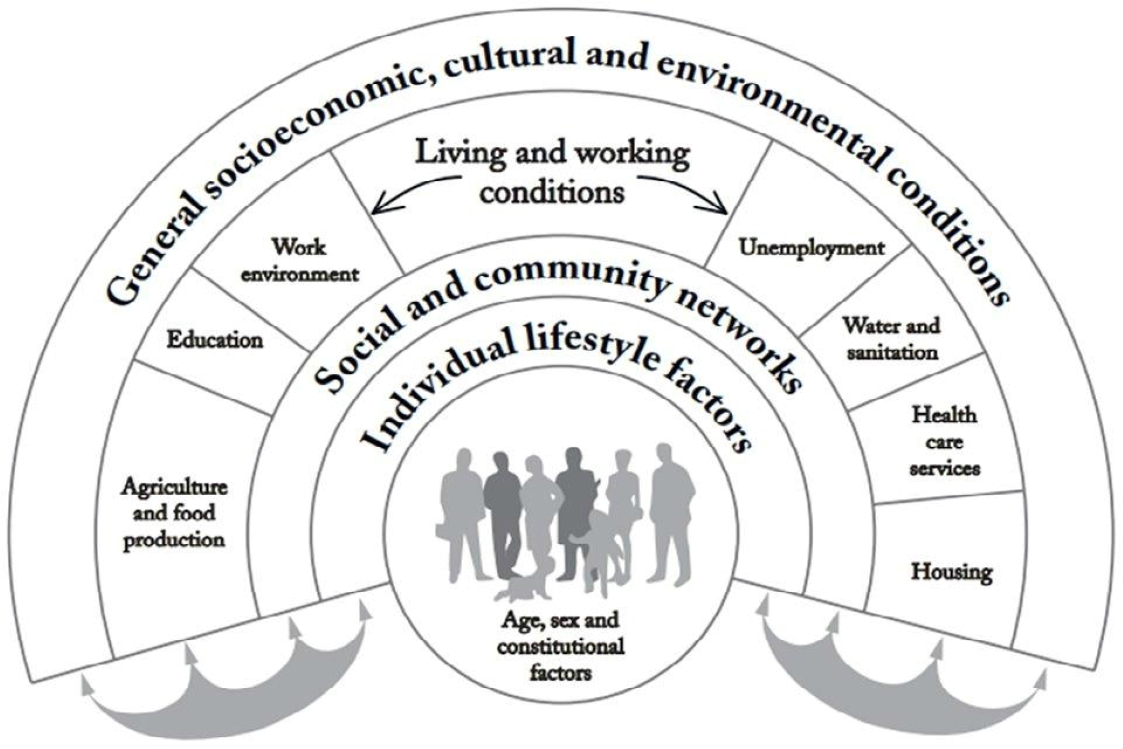
I commissioned architects in 2018 to help us articulate a high-level concept masterplan for our two sites. In the case of Midland Metropolitan University Hospital this included the already identified regeneration zone area we were part of. Our focus was on identifying opportunities for education and employment, maximising linkages with the canal network, maximising green spaces and public realm, creating value with potential for high density development, sustainability, new opportunities for health-related infrastructure and thoughts around active travel.
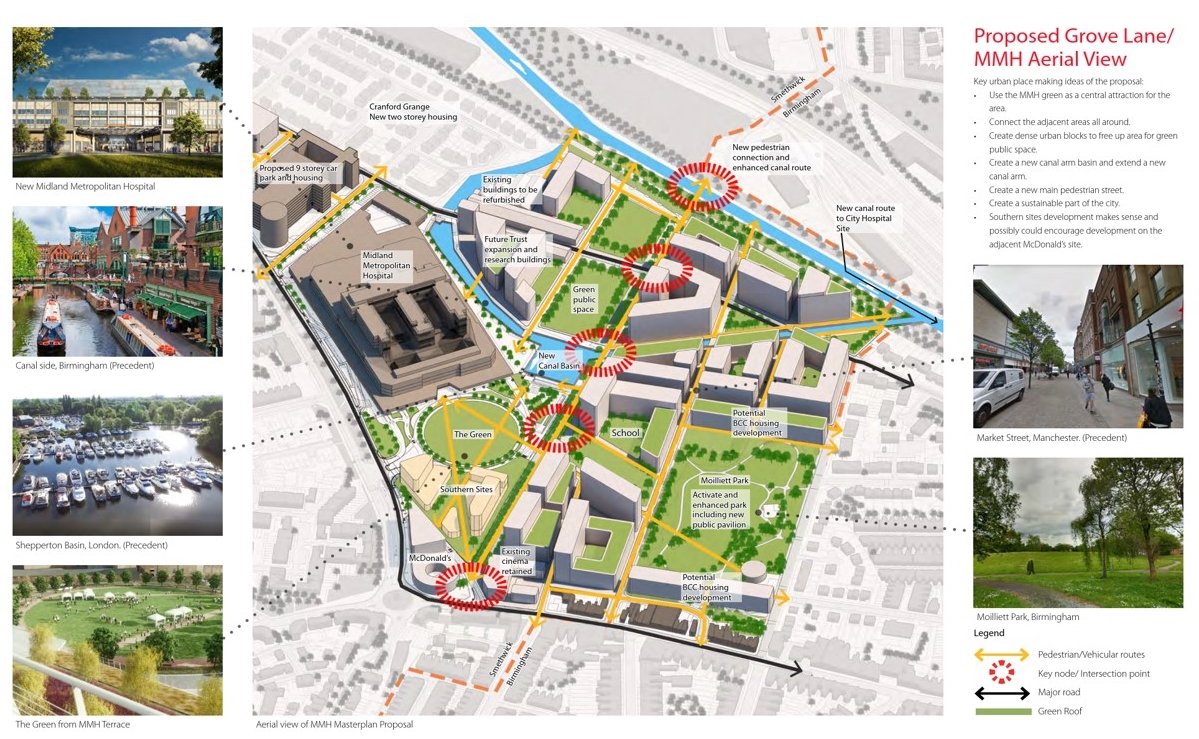
For example, could we bring the redundant Cape Arm canal spur back into public use? What were the actions needed, and who can help us to do it? The idea that the whole Grove Lane and Midland Met site could revolve around a regenerated canal arm, within high quality publicly accessible green space linked to cycle routes and tow paths is a compelling one. Birmingham has no shortage of major canal side developments – but this would be the first one in Smethwick and would be a huge statement of confidence in the community.
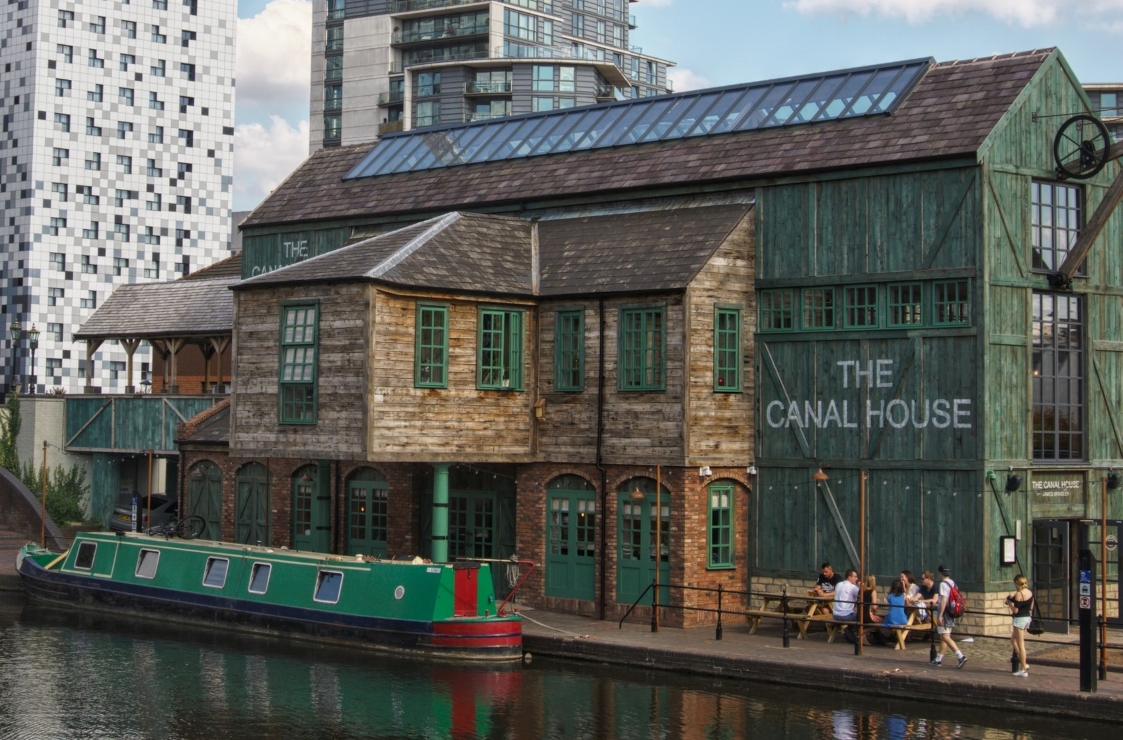
The output was incredibly valuable, but it was just our starting point, it created a tangible image and formed the basis for conversations with other public sector bodies and stakeholders. Regeneration is a team sport – it needs leadership, clear vision and partnerships which will work together.
Late 2019 brought with it at the Trust CEO’s prompting a coalition of stakeholders exploring how the new Midland Metropolitan University Hospital could work for everyone in the community, not just those in need of healthcare. The group included Birmingham and Councils, the West Midlands Combined Authority, the Canal and River Trust and Homes England.
Over the course of the following year the group established itself under the statutory leadership of Birmingham and Sandwell Councils. The group agreed that the previous Greater Iknield Framework needed updating and a procurement was commenced to find a masterplanner that could develop this in detail. I played a key role in working with the stakeholders to agree the vision and objectives for this new framework. This was incorporated as part of the procurement process.
The Smethwick to Birmingham Corridor Framework and the Grove Lane Masterplan https://smethwicktobirminghamcorridor.com/ is the output of this work. Following public consultation, it was adopted as policy in early 2022 by both Birmingham and Sandwell Councils and places health front and centre of its guiding principles.
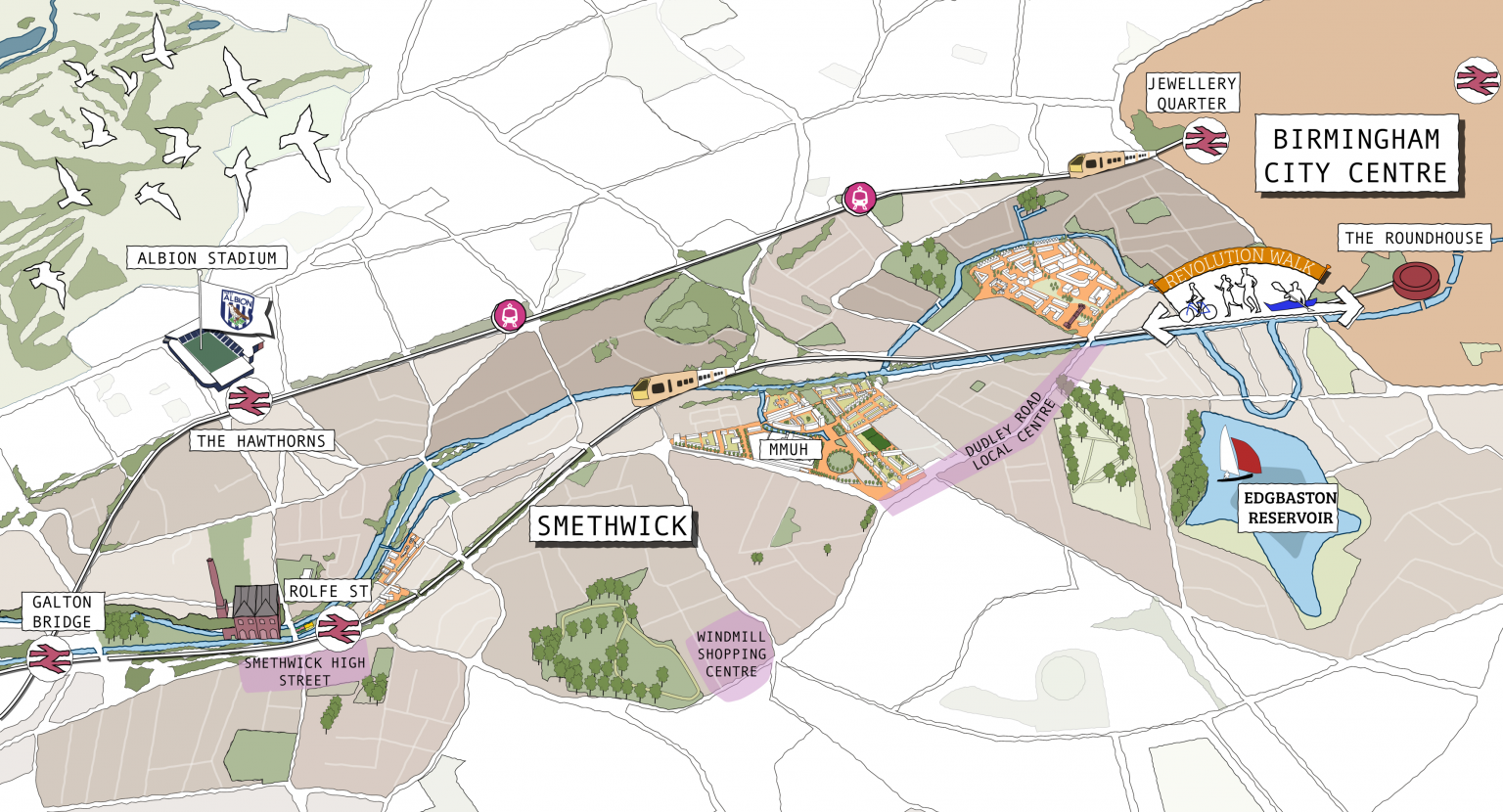
This current work is a good milestone, and has sparked positive collaborations and relationships. The various partners are developing a multitude of complementary projects to deliver against the guiding principles. It has been reinforced by joint work on bids for Towns Funding from the Department for Levelling Up, Housing and Communities by the NHS Trust, Sandwell Council and the Canal & River Trust.
It has also formed the basis for joint work which the NHS Trust is developing with Homes England for the Birmingham City Hospital site. Homes England will develop two thirds of the hospital site once the NHS Trust moves into the new Midland Metropolitan University Hospital.
The whole process is fascinating. Regeneration needs not only vision, partnerships and leadership. It needs time – assembling land, building support, long term consultation with the community, identifying partners and aligning public policy. A strong vision is key, but so is being flexible so opportunities can be taken as they arise, and momentum generated and maintained.